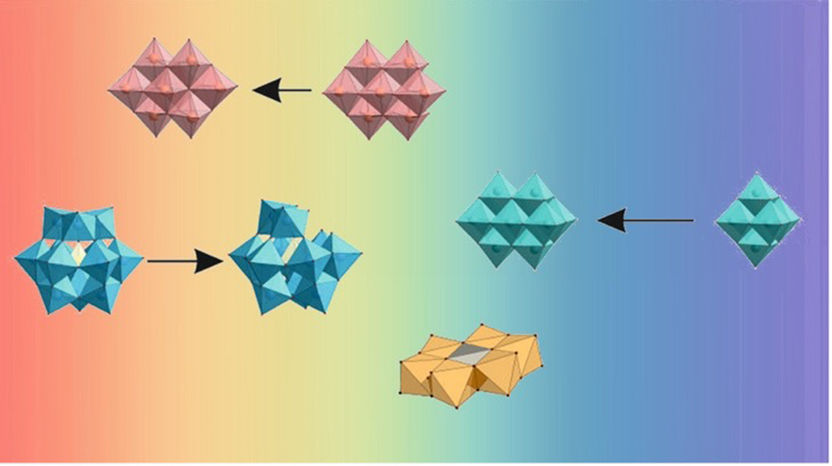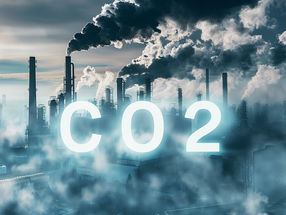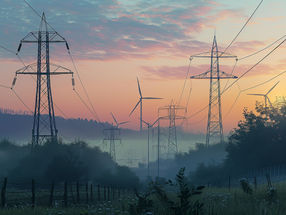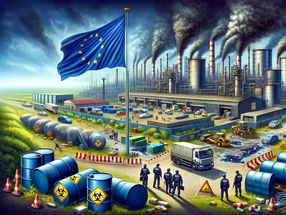ECHA: The Member State Committee identifies seven new Substances of Very High Concern
Seven Substances of Very High Concern (SVHCs) will soon be added to the Candidate List. During its 18th meeting, the Member State Committee also unanimously agreed on four draft decisions based on ECHA’s testing proposal examination and on five draft decisions based on compliance checks.
The seven new substances identified as SVHCs are: 2-ethoxyethylacetate, strontium chromate, 1,2-Benzenedicarboxylic acid, di-C7-11 branched and linear alkyl esters (DHNUP), hydrazine, 1-methyl-2-pyrrolidone, 1,2,3-trichloropropane, 1,2-benzenedicarboxylic acid and di-C6-8-branched alkyl esters, C7-rich (DIHP). These substances are either carcinogenic, mutagenic or reprotoxic (CMR) substances. DHNUP and DIHP will complement the Candidate List with two additional phthalates.
In addition, as a result of the procedure for identification as SVHC a new identification basis (toxic for reproduction) will be added for cobalt(II)chloride that is already on the Candidate List because of its carcinogenic hazards. No comments challenging the new identification basis were received during public consultation and thus no formal agreement of MSC was needed for this case.
The Candidate List will be updated soon as the seven new substances and the “toxic for reproduction” will be added as the basis for identification as an SVHC for cobalt (II)chloride .
Most read news
Other news from the department politics & laws

Get the chemical industry in your inbox
By submitting this form you agree that LUMITOS AG will send you the newsletter(s) selected above by email. Your data will not be passed on to third parties. Your data will be stored and processed in accordance with our data protection regulations. LUMITOS may contact you by email for the purpose of advertising or market and opinion surveys. You can revoke your consent at any time without giving reasons to LUMITOS AG, Ernst-Augustin-Str. 2, 12489 Berlin, Germany or by e-mail at revoke@lumitos.com with effect for the future. In addition, each email contains a link to unsubscribe from the corresponding newsletter.
Most read news
More news from our other portals
Last viewed contents
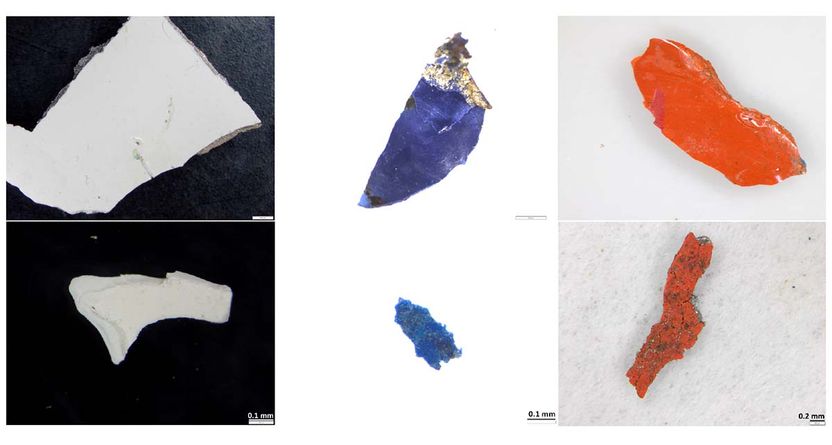
Tracking down microplastics in Antarctica - Microplastics are everywhere, even in the most remote places. Where do these tiny pieces of plastic come from?
Category:Zirconium_alloys
